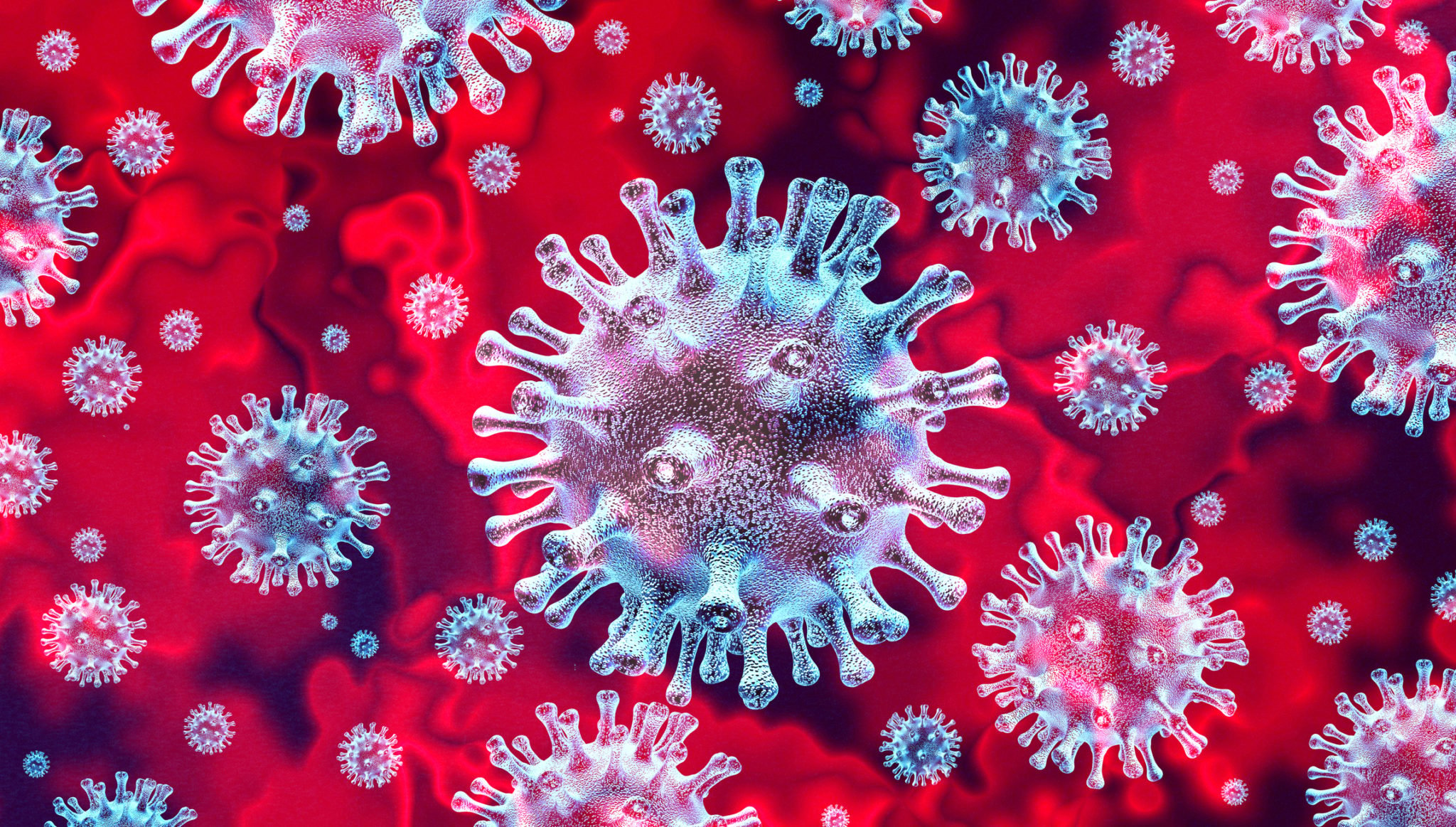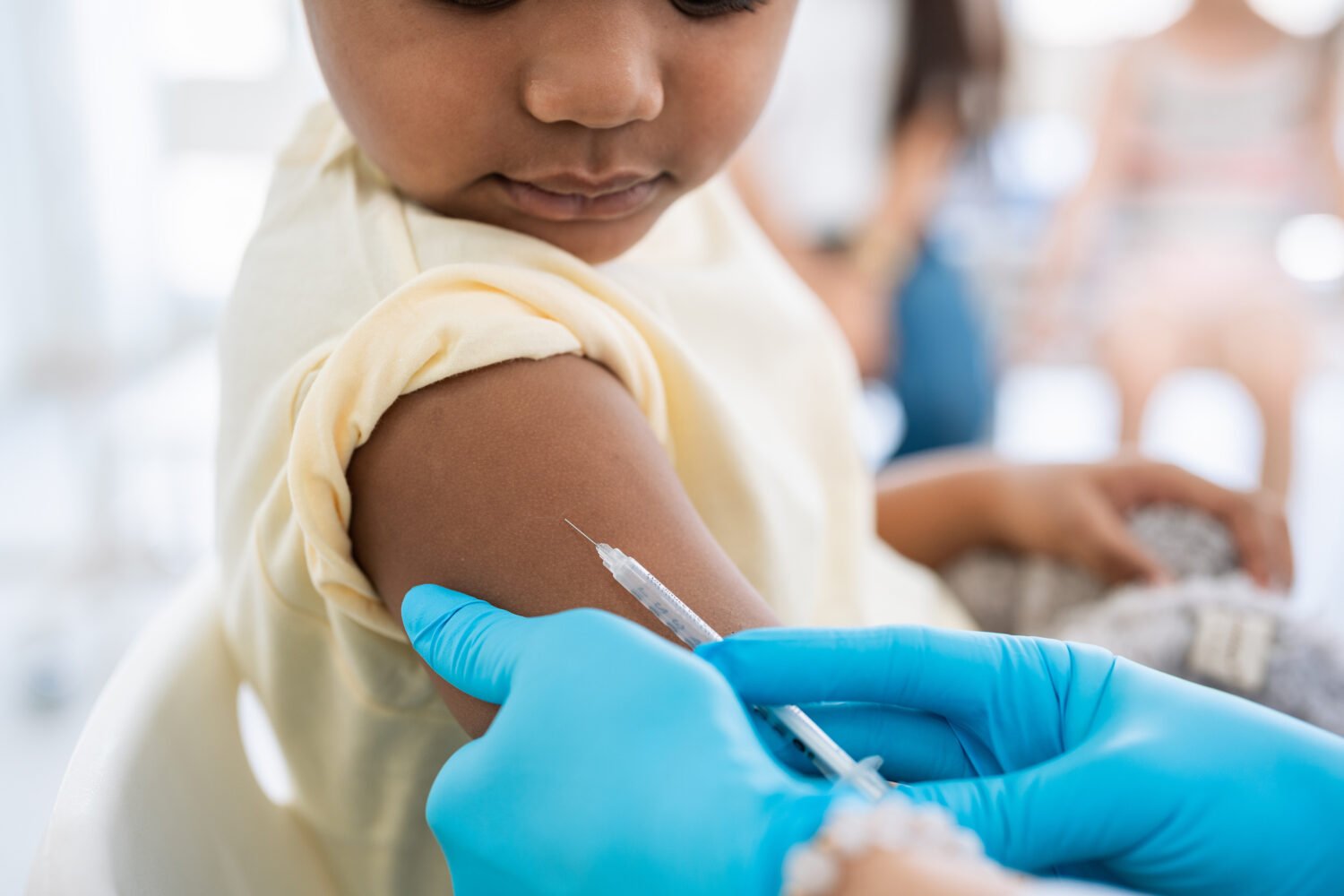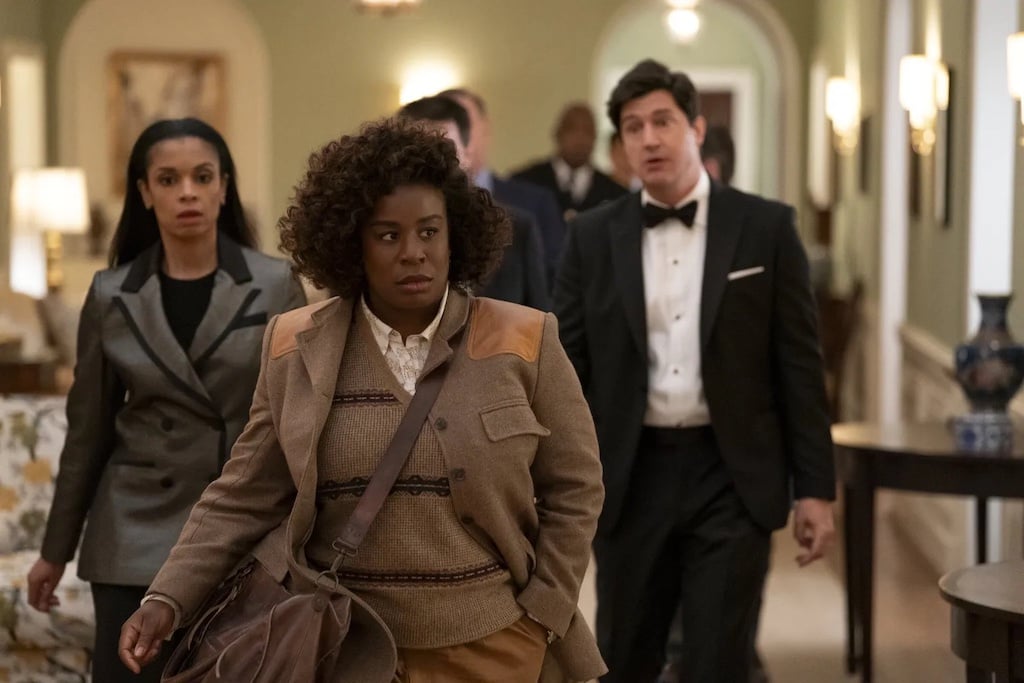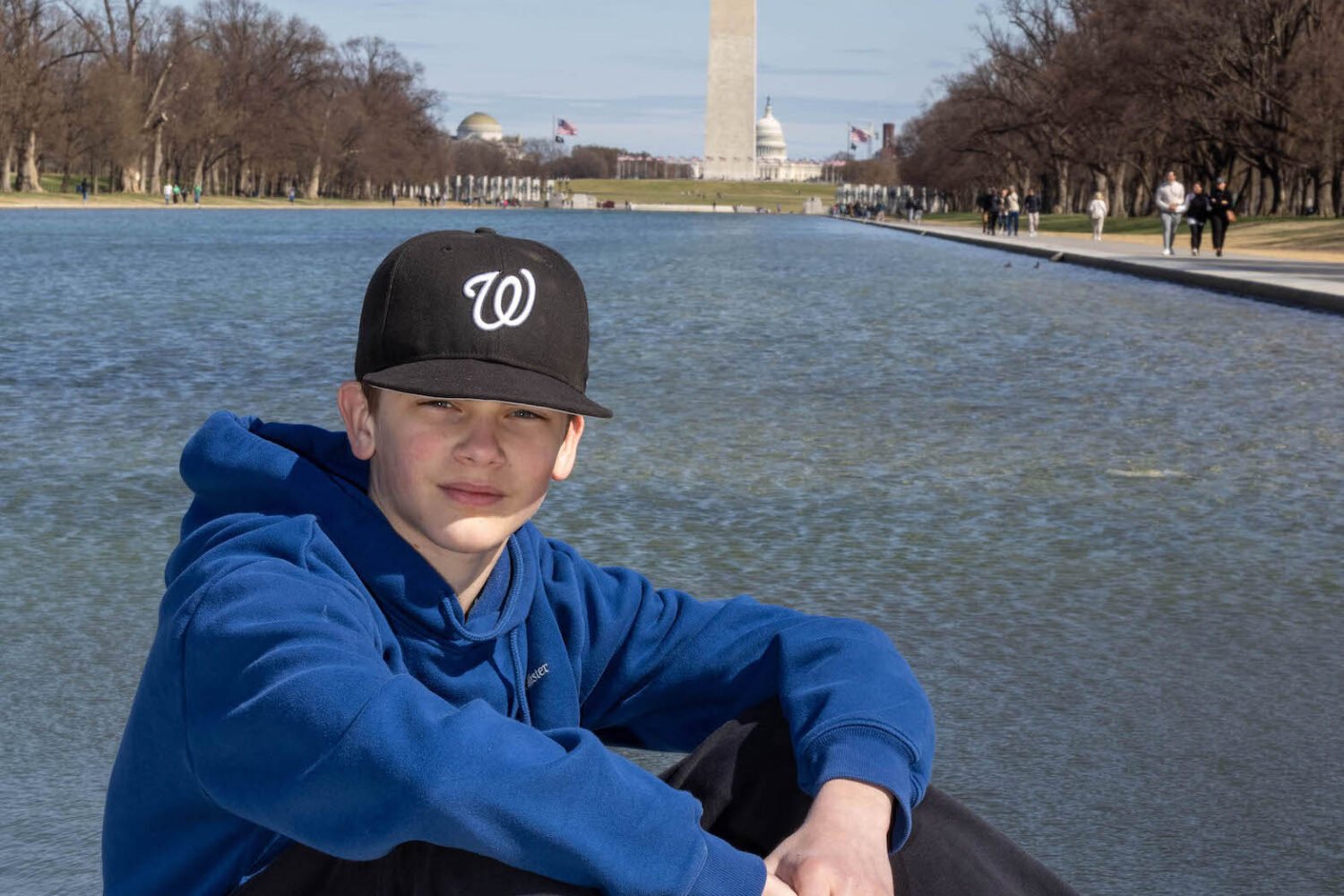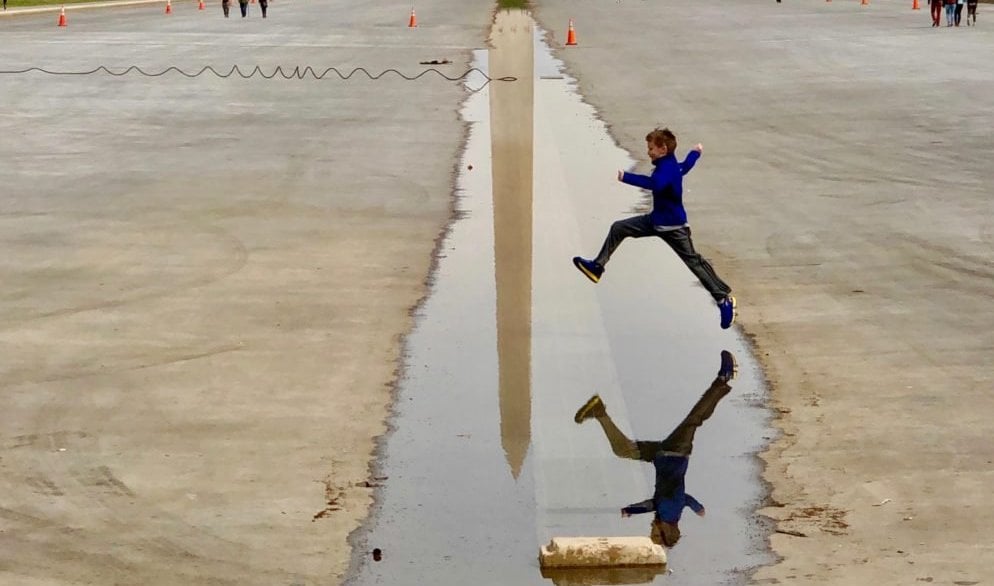Since the infamous Rose Garden superspreader event, Covid spread has increased in DC, according to the city’s metrics. The average new daily cases per 100,000 has nearly doubled, the test positivity rate has risen by 0.3 percent, and the transmission rate has gone from .78 to 1.2.
We chatted with George Washington University epidemiologist Amanda Castel about what she thinks about this case rise.
The Covid metrics in the District have definitely gotten worse over the past few weeks, but we’ve had small spikes of Covid in the city before that we’ve been able to bring down. How concerned are you about these current numbers?
You know, we’ve seen some increases here and there. In the past they’ve been related to some activities over the summer months or long weekends. This is an increase that we last saw somewhere around early August. As we move into the cooler months and people start to be fatigued by the social distancing and wearing masks, it’s not surprising that we’d see an increase in the number of cases.
I think it’s too early to tell if this is going to continue to trend up. The data right now are not raising a red flag to me, but if they continue to trend in this way, then that’s going to be of concern. I think it’s important for the general public to understand that we need to get these numbers as low as we can get them, so that when it’s cold and snowing outside and people need to be indoors we’re not seeing transmission throughout households and communities and don’t have to step backwards and not be able to allow kids to go to school.
So it sounds like the current numbers aren’t a death sentence for things being open in the winter, but that we need to start curbing them down.
Yeah, I think people have to continue to follow the same guidance that we followed over the summer. We’re seeing slow but steady declines for the most part, but I would anticipate that we’ll see some spikes and increases over the winter. A positivity rate of one or two percent is better than [going into the winter] at ten percent.
When will we really start to see the effects of the cold weather on Covid spread?
That’s a good question for a meteorologist, it’s hard to predict. Hopefully we’ll have a mild winter and we’ll continue to drive down these positivity and daily case rates.
How much of the current rise can be attributed to White House events as opposed to changes in the weather?
I don’t think we’ll ever be able to fully tease that out. My understanding is that there has not been a lot of transparency from the federal government as to whether or how much of a case investigation took place. I think the DC Department of Health did the right thing by issuing the open letter to ask people to get tested. Some of that [increase in testing] may be attributed to people who had participated in some of those [White House] events, but worried people could be going in for more testing as well.
It sounds like to really know the answer to that, the White House would have to be transparent with its testing and tracing data, and that’s unlikely to happen.
Correct. It’s frustrating, the lack of proper protocol and procedures that were not followed. Not having people fully quarantine for 14 days could have resulted in more community transmission of Covid.
DC Government shares a fair amount of Covid-tracking data. I understand there’s no magic number that shows how the virus is spreading in the city, but for us non-epidemiologists, what are the most important data points to follow to better understand how severe our Covid situation is?
Regardless of what the numbers look like, we have evidence that people need to wear masks, they need to limit the number of people that they’re gathering with, and they need to socially distance from other people. As we move into the winter months, it’s of utmost importance that people continue to do the same things.
I think people should look at the test positivity; seeing that number go down is really important. DC right now is hovering at less than two percent, which is a significant improvement from where we were over the summer. New cases from quarantine contacts is a good indicator of how much spread is happening in the community.
You also really want the rate of transmission to be less than one. That is an indication that if somebody is infected, that we have contained the spread of the virus and they’re not transmitting it to anyone else. That number’s been trending up in the past few weeks, which indicates there is likely more person to person transmission.

